Foliar feeding is the main way to deliver nutrients to plants. The application of mineral fertilizers and organics is carried out when preparing the soil for planting or directly under the root in the form of nutrient solutions.
But it is not always possible to replenish the need of plants for nutrients in this way:
- the root system may not be efficient enough;
- fertilizers due to heavy rains can be washed out of the soil.
Here in such cases foliar feeding will be very necessary.
What is foliar nutrition?
Without exception, plants absorb nutrients not only through the roots, but also through the crown (leaves, stems and even stems). If the solution is sprayed on the surface, then it, as well as through the roots, will enter the power system.
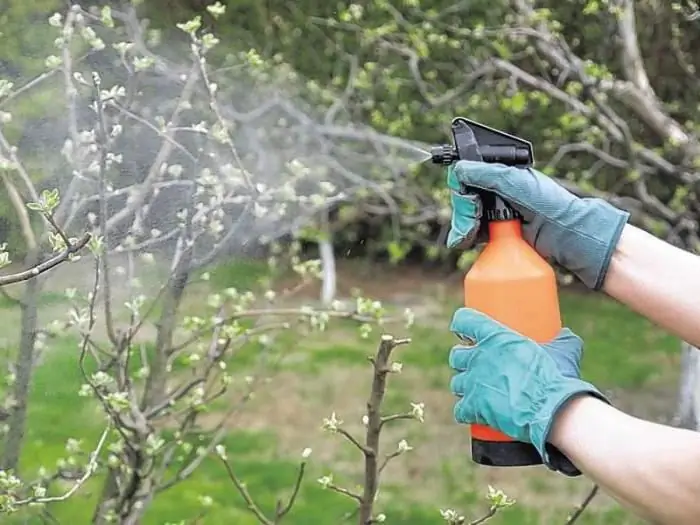
Conditions and foliar feeding technology
In order for foliar feeding of plants to be successful, it is recommended to comply with certain conditions:
- Spray in cloudy weather (preferably in high humidity) oralso in the evening. It must be understood that the longer the composition is on the surface of the leaves, the more nutrients will get for their intended purpose. In hot or sunny weather, the solution will dry instantly, and besides, there is a danger of burning the leaves, because the drops focus the sun's rays like a lens.
- To carry out the application of the nutrient solution, you need to use high-quality sprayers, because the finer and thinner the spray, the more intense the absorption of nutrients from the nutrient solution.
- Spray the solution so as to evenly cover the leaves on both sides. The bottom of the sheet is even more absorbent than the top.
- For spraying it is better to use soft water (rain is good). Or you can just let the water sit for the plants to better absorb the solution.
- Fertilizers that are used for top dressing should be highly soluble in water. Today, specialized stores have a fairly large selection of such products.
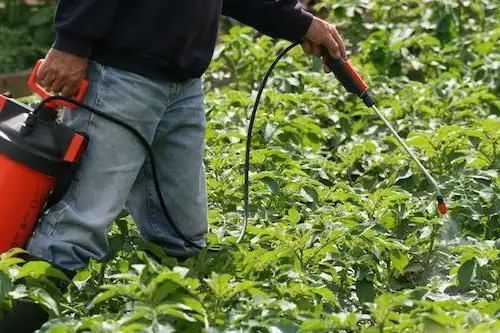
Fertilizer doses
For high-quality spraying, it is necessary to choose the right dose of fertilizer that dissolves. Be sure to focus on the instructions.
It is better to make the solution less concentrated so as not to harm the plant. Exceeding the concentration can cause burns.
Foliar dressing acts fast enough. But it should be understood that one-time it will not be enough. In order to get a good result, you need at least 2-3events during the month. And the plants will respond to your care with a lush appearance, abundant flowering and the formation of many fruits.
Don't wait for nutrient deficiencies to show up on plants. Feed regularly.
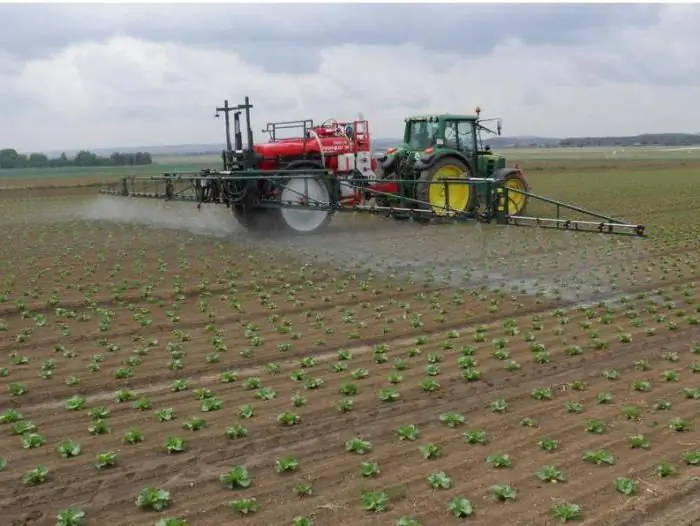
When is foliar nutrition essential?
There are situations when foliar feeding simply cannot be dispensed with. When a plant is sick and its roots are not working well, it is useless to pour nutrient solutions under it. This may even make the situation worse. It is foliar top dressing that can save the situation, since its main advantage is the speed of assimilation of fertilizers by seedlings.
During cold weather or drought, the metabolism of plants slows down significantly, so the above procedure should also be carried out to maintain them.
And more. On saline and cold soils, the root system of plants works quite poorly, so foliar feeding is very important in such conditions.
Spraying plants with nutrient solutions always gives excellent results. The excellent development of the plant and a significant increase in yield will more than pay off all the efforts and costs.
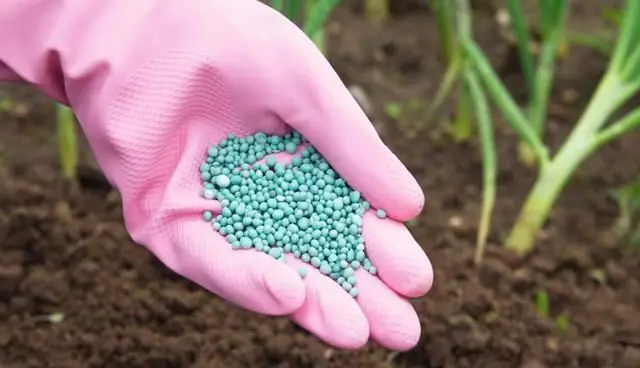
Spray Solutions
- Liquid mineral fertilizer with trace elements "Uniflor Buton" diluted with water at the rate of: 4 tsp. for 10 liters of water. Spray the plants with the composition (it is best to do this in the evening or in cloudy, but not rainy weather).
- Makefoliar top dressing from ash: pour 2 cups of ash with hot water, boil for 15 minutes. Infuse the solution and then strain. Spray plants with this infusion.
- Foliar feeding of seedlings and adult plants can be done with superphosphate infusion. Pour double superphosphate with hot water (100 g per 1 liter). Infuse the solution for 3-4 hours, strain and dilute in 10 liters of water. Before spraying, add 20 g of potassium nitrate to it. Leaves should be sprayed until completely wet.
Foliar top dressing with urea
Today, our chemical industry produces many different nitrogen fertilizers. The most common of these are ammonium nitrate (34% nitrogen) and ammonium sulfate (21% nitrogen). But for foliar nutrition, it is more expedient to use synthetic urea (46% nitrogen). Its advantage over other nitrogen fertilizers is that it contains much more of the main active ingredient. Urea is more complete and much faster penetrates through the bark of branches and leaves into the plant tissue. Also, it acts on the plant not only as a source of nitrogen, but also as a tool that has a great influence on metabolism, development and growth of buds and shoots.
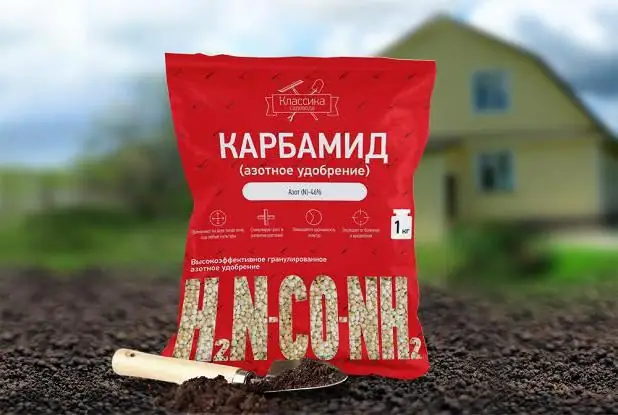
Foliar feeding of strawberries
Strawberry is the most delicious and beloved berry, but it cannot be called unpretentious. Culture requires proper care and considerable costs. For a better harvest, you need to feed the bushes in a timely and proper manner. The first year no fertilization is required, becauseat the time of planting the seedlings, the feeding of the plant has already been done. Simply mulching the soil is sufficient.
The introduction of organic matter and mineral fertilizers is necessary for 2 and 4 years. For this, spring top dressing of strawberries is carried out. As a fertilizer, 1 tbsp. l. ammonium sulfate and 0.5 l of mullein. All this is diluted in 10 liters of water. Under each bush, you must add 1 liter of the resulting solution.
The second top dressing is performed before mass flowering. To do this, dilute nitrophoska (2 tablespoons) and potassium sulfate (1 teaspoon) in 10 liters of water. Under each bush, you need to add 500 grams of solution.
Foliar feeding of strawberries is done in 3 stages:
- Spraying on young leaves.
- During flowering.
- During berry set.
Bait is carried out by wetting strawberry leaves, through which useful substances are absorbed from fertilizers. Solutions can be sprayed with a hand sprayer or simply poured over the leaves. You need to wash them on both sides, until completely wet.

Foliar feeding of strawberries helps to increase the yield, the quality of berries improves significantly, in which there is more sugar and vitamin C.






